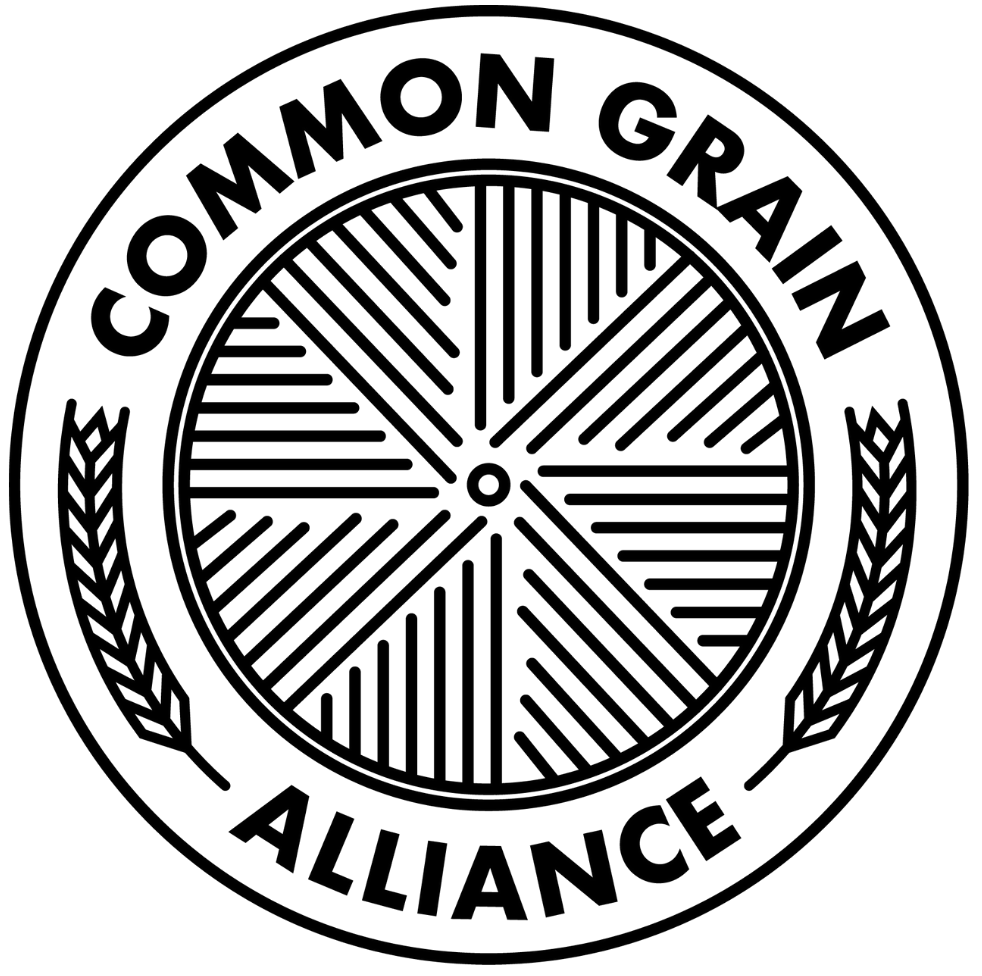Steps to Harvesting Grain
The combine is King for a reason. Source.
The combine (pictured above) revolutionized grain harvesting because it “combined” three of the previously required steps into one and dispensed with two other steps. It was so successful that the names of the steps have more meaning (and usage) as metaphors in our everyday speech than they do for their dictionary definition. I like to look at the individual steps in earlier grain harvesting as a way to imagine how other tools can be used to accomplish the same thing on a smaller scale. You can buy small combines–they are often used for research plots–but you would have to look carefully at the cost to make sure it is worth it for your operation. I hope to cover the cost-benefits of small equipment in later posts.
The first step in harvesting grain is reaping, which means “to cut or gather.” Early growers reaped their grain using a sickle or scythe, which are both hand tools with curved blades for cutting the grain stalk. If you are using a sickle, you gather grain as you cut it in your opposite hand. If you are using a scythe, your goal is to “windrow” your grain, or lay it down with the heads neatly facing in one direction. Once the stalks are cut, you then bind them into bundles for easier handling. Alvan Blanch makes a reaper-binder for the three-point hitch of an ordinary tractor that can process 15-20 acres of grain per day. If the grain still needs to dry, you then shock, or stook the bundles in the field. The standing grain shocks shed rain and continue to ripen and dry until you are ready for the next step.
The next step is threshing, which means “separating the grain from the plant.” There are myriad ways to accomplish this by hand (just search “hand thresh grain” on YouTube), but they all entail beating, banging, or flailing the grain heads in a container or on a tarp, which collects the threshed grain. The final step is winnowing, which separates small plant debris, or “chaff”, from the edible grain. At home, all you need is two buckets and a fan to accomplish this, but if you have more than half an acre, you might think about mechanizing this process too. Adaptive Ag, a Maine-based small farm machinery company, makes a small thresher that, on a windy day, could serve as a winnower too, since the threshed grain is shot into the air before it lands in a waiting bin or on a tarp.
A combine reaps, skips binding and shocking, and moves directly to threshing and winnowing the grain before depositing it in a trailing grain bin. Because there is no opportunity to shock grain in the field with a combine, if the moisture content is too high at harvest, the grain must be dried prior to storage, or it will spoil. That is a topic for another day!
Have you used any of these small-scale harvesting methods? If so, let us know how it worked for you in the comments.
This material is based upon work that is supported by the National Institute of
Food and Agriculture, U.S. Department of Agriculture, under award number 2019-
38640-29878
through the Southern Sustainable Agriculture Research and Education program
under subaward number LS20-327. USDA is an equal opportunity employer and
service provider.
Any opinions, findings, conclusions, or recommendations expressed in this
publication are those of the author(s) and do not necessarily reflect the view of the
U.S. Department of Agriculture.



